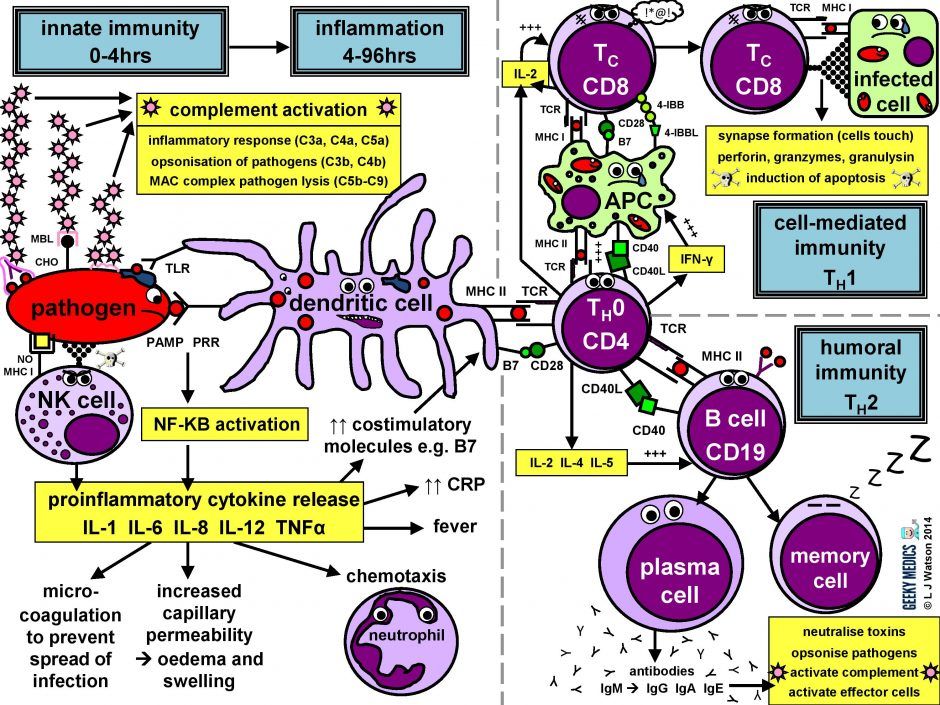The Basics of Humoral Immunity

During infection, our humoral immune system fights back by creating B cells that bind to the capsid protein of pathogens and prevent the virus from attaching to healthy cells. These B cells can differentiate into effector cells and memory B cells. The former prevents the virus from changing its shape and entering the body.
Active humoral immunity
Active humoral immunity occurs when an individual's immune system produces antibodies and memory cells that remain in the body for a long time. Active humoral immunity can be acquired naturally through the mother's milk or vaccination. Passive immunity can also be artificially acquired through the use of vaccines. Both types of immunity protect the body against various pathogens.
In active humoral immunity, B and T cells are produced. These cells recognize antigens on the surface of different pathogens. They also help destroy infected cells by triggering apoptosis. B lymphocytes produce antibodies, while T cells help destroy antigens. There are four types of B and T cells, each of which functions differently in the immune system. Active humoral immunity is more effective in fighting infections than passive humoral immunity but has several limitations.
Adaptive immunity, on the other hand, can be useful when innate immunity fails to protect the body. It helps the body recognize specific antigens and mount a more efficient immune response if it encounters those same pathogens again. This is the basis of effective immunization against infectious diseases.
Types of humoral immunity
There are two basic types of humoral immunity: passive and active. Passive immunity is transferred to a recipient by the mother during fetal development, while active immunity is built up within the body by recognizing and responding to antigens. Passive immunity can be acquired naturally from the mother or artificially in several ways.
The innate component of humoral immunity consists of several components, including naturally occurring antibodies, pentraxins, and complement and contact cascades. These components of the immune system provide key elements for disease prevention. The two types of humoral immunity work together to produce protective immune responses to harmful agents.
The primary part of humoral immunity involves the production of antibodies by plasma cells. These cells can differentiate into several different types. The first type, the memory type, is responsible for storing information about current and future antigens, such as the type of antigen causing an infection. The second type, the effector type, respond to new antigens by producing antibodies.
Methods of assessing humoral immunity
Humoral immunity is a complex response that develops in the body when it encounters an antigen. This response is mediated by the B-lymphocyte, the primary cell responsible for the production of antibodies. T-lymphocytes and macrophages also regulate it. A variety of methods are used to measure humoral immunity in animal models. These include serum antibody assays, antibody neutralization, and hemagglutination. Additionally, there are tests to measure the number of antibody-forming cells.
The primary goal of these studies is to determine whether humoral immunity is affected by an infection. Although some studies have indicated that a single infection can trigger various immune responses, the resulting responses are unlikely to be completely predictive. The severity of the infection can also influence humoral immune responses. Serious disease survivors exhibit higher levels of humoral immunity than nonsurvivors.



